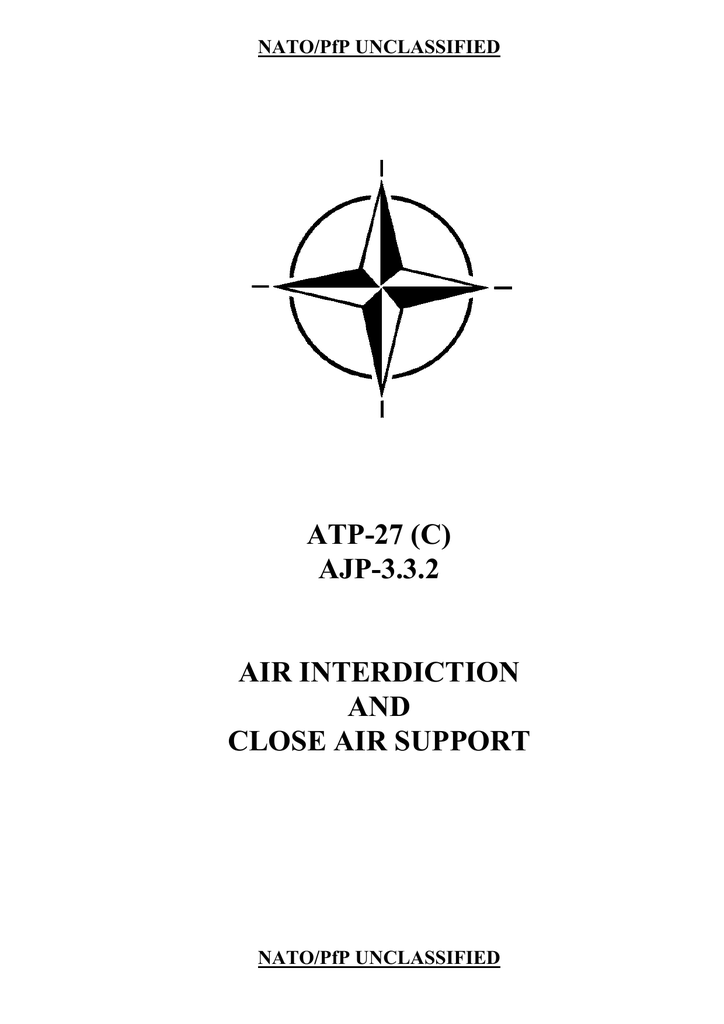
However, as already mentioned, the potential adversary, their intent, and their willingness to inflict harm need to be taken into the equation as well. A plain technical analysis of an unmanned system and the deduction of its potential capabilities can already provide a reasonable estimate of its ability to impose a threat on friendly forces. This assessment is provided by the intelligence cycle which is supported by the JISR process.

Tactics, Technics and Procedures (TTP).System Vulnerabilities, Resilience and Redundancy.Command & Control, especially Radio Frequencies.System Interoperability, especially Sensor-Shooter Interrelations.General System Features and Characteristics.To develop an effective C-UAS standard, all intelligence activities should take the following information requirements about a potential adversary’s drones and UAS into account: 4 3 Therefore, UAS require consideration and implementation in both the intelligence cycle and the JISR process. With regard to C-UAS, intelligence collection and analysis should be focused on a potential adversary’s unmanned systems inventory, these systems’ capabilities and anticipated performance, as well as their possible evolution in the future.

Establishing a common UAS database, with a single intelligence organization responsible for its operation, would provide a considerable advantage for the warfighter’. In the case of UAS, everything is enemy – until proven friendly. ‘ the establishment of a common threat database will enhance identification and classification and will help reduce fratricide. Although the actual countermeasures against these threats may differ, the intelligence requirements and JISR contributions to the C-UAS process as a whole will remain unchanged.

34 ff.) describes some potential threat scenarios originating from various actors, ranging from consumer and commercial drones operated by individuals to advanced UAS employed by state-sponsored organizations or regular armed forces. Therefore, JISR has to identify the potential adversaries and their intent, as well as their available means to pursue their objectives. To constitute a valid threat, both factors need to be accounted for. However, this definition covers only the intent of potential adversaries willing to impose a threat, but not the means to do so. ‘The first step in avoiding a trap is knowing of its existence.’įrank Herbert, from his 1965 novel ‘Dune’īy definition 1 a threat can be described as ‘an expression of intention to inflict evil, injury, or damage’. Hence, the first step to prepare for countering UAS is to identify how likely a threat is to occur, how it is likely to emerge, and from where it might originate. Taking Preventive Action: The Joint Intelligence Preparation of the Operational EnvironmentĪccording to Frank Herbert’s famous quote, taking preventive action against a threat requires knowledge of its existence. Figure 6.1: Intelligence Cycle and JISR process within C-UAS. Then, once a threat is identified, JISR also needs to continuously accompany and support every single line of effort within the C-UAS Methodology. Because of this, the intelligence cycle and the JISR process have to start even before the described C-UAS Methodology comes into play. Although these vectors are not always predictable with absolute certainty, JISR can provide probabilities if a threat exists and how it could evolve, so C-UAS measures can be planned and developed accordingly. A prerequisite to successfully apply this method are defined threat vectors.

76) comprises a broad range, from deterrence to neutralization, and from preventive to reactive countermeasures. This chapter will also highlight how JISR can support UAS related threat assessments at all levels and it provides an outlook of potential future challenges regarding JISR. This chapter discusses the role of Joint Intelligence, Surveillance, and Reconnaissance (JISR) in support of countering Unmanned Aircraft Systems (UAS) and the essential contributions of the different intelligence collection disciplines throughout all phases of the C-UAS methodology described in the previous Chapter.


 0 kommentar(er)
0 kommentar(er)
